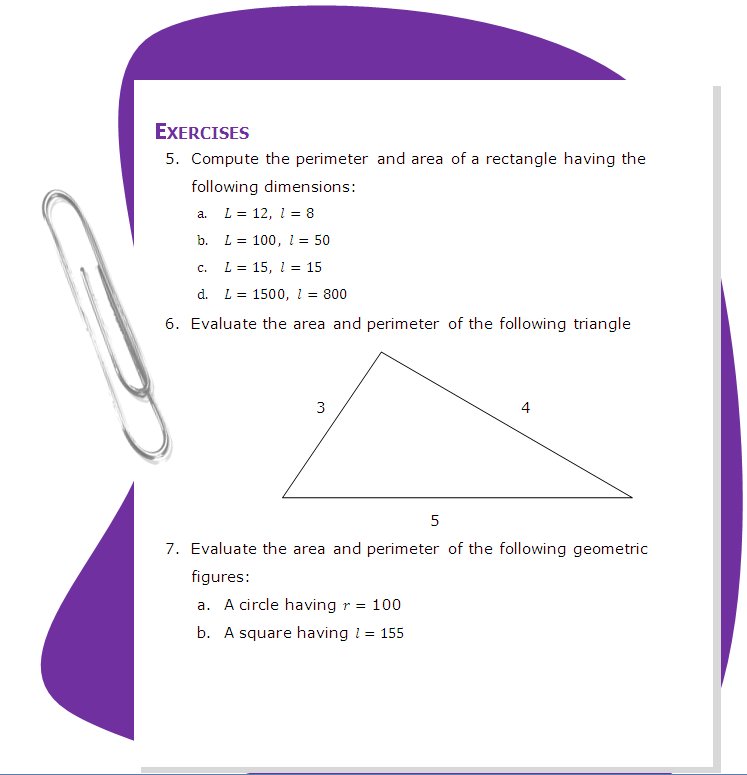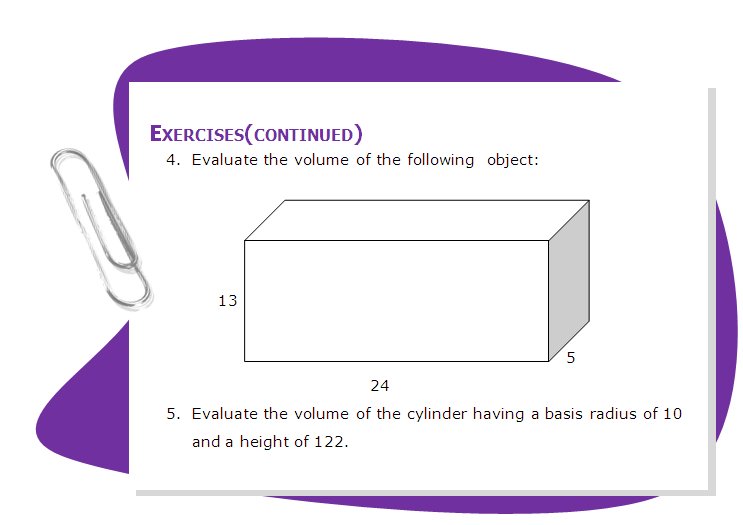Key Competencies Kit
for Facing Lifelong Learning


 |
This Project has been funded with support from the European Commission. This communication reflects the views only of the author, and the Commission can not be held responsible for any use which may be made of the information contained therein. |
 |
Upon completion of this unit you shall be able to:
In nature we may find many types of objects, of different shapes. These shapes are called geometric figures.
The simplest geometric figure is the segment. We can easily picture a segment as a piece of string, held tightly by its ends.
A segment:

The most important characteristic of a segment is its length. As any distance between two objects can be thought as a segment, shorter or longer, we need to find a way of measuring this length. In order to do that we will use a ruler, that is a straight piece of wood, with equal distanced units marked on it.
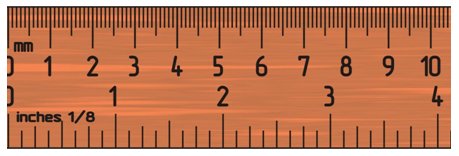
The next step in defining geometric figures is to have more than one segment. One of the most important figures is the rectangle:

There are many rectangles in real life – for instance a newspaper, a piece of paper, an agricultural field, a wall, and so on.
Let’s assume it’s a house plot, and we need to make a fence for it. We need to know how many wooden planks are needed in order to make the fence.
The measure that gives us the total length of the fence is called the perimeter of the plot (rectangle) and is the sum of its sides.
Assuming the sides are AB, BC, CD and AD, the perimeter is

An important observation is that, for a rectangle, the opposite sides are equal, so we will denote by the length of the largest, and by the length of the smallest. Thus, the perimeter is given by

There are also other types of geometrical shapes of interest, the simplest being the triangle:
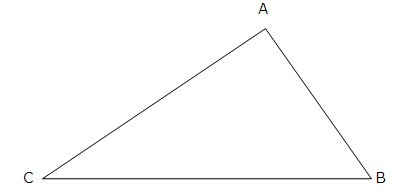
The triangle’s perimeter is given by

where is the length of the segment AB, and so on.
If a triangle has two equal sides, it is called isosceles, and if all sides are equal, it’s called equilateral.
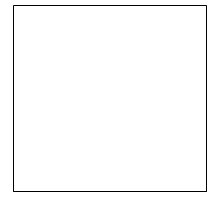
Another geometric shape very common is the square, which is a rectangle having all sides equal, denoted by .
Its perimeter is  .
.
Now, let’s take a look at this two triangles:

We notice that the sides have different inclinations on the two triangles. A closer look at just the left sides of the triangles provides a better understanding:

The difference between the two segments, which is smaller on the right and larger on the left, is called the angle between the two segments. The maximum value possible is when the two segments are continuing each other, one to the left, the other to the right. The minimum is when the segments are one on top of the other.
The angles are measured in degrees, ranging from a minimum of 0 to a maximum of 180. The middle value, 90 degrees is when the segment above is in vertical position, and the segment below in horizontal position:
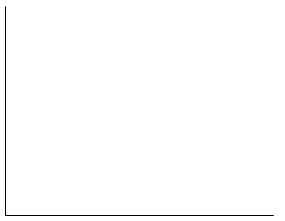
The same angle is obtained when we hang a lead ended string over an horizontal surface.
Angles are measured with the following instrument:
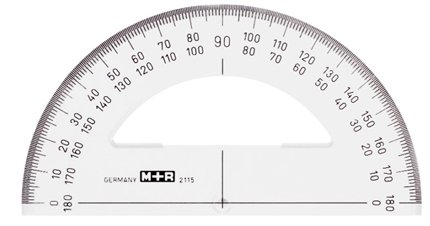
All the angles of a rectangle measure 90 degrees. An angle of 90 degrees is called a right angle.
Let’s get back to the rectangular land plot, and assume we want to know how much land is it. The measure that gives the answer to that question is the area, or the surface of the rectangle. Remember that the opposing sides if the rectangle are equal, and denoted by and Then the area is

For a square, the area is

For a triangle that has one angle measuring 90 degrees, that is, a right angle, we can calculate the area based on the area of a rectangle, in the following manner: we duplicate the triangle, and we place the second triangle above the first, so that together they make up a rectangle, as in the figure below. Then the area of the triangle will be half the area of the rectangle, that is

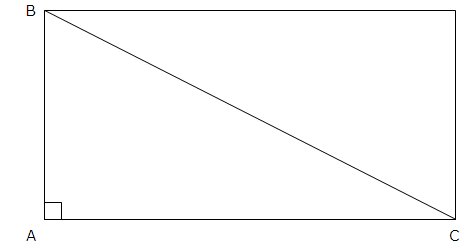
For a general triangle the area is more complicated:

The last important geometric shape we will discuss here is the circle:
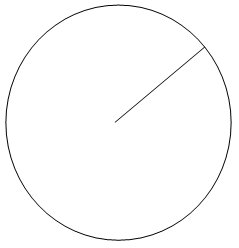
There are many objects that can be described by circles, such as coins, CDs, lenses, etc. The circle can be described by the fact that every point on it is at the same distance from a fixed point called the centre. This fixed distance is called the radius .
The circle’s circumference or perimeter is the total length measured along the circle. The formula for computing the circumference is the following:

The number is a real number, with an unending number of decimals, usually approximated by .
Thus, the circumference of a circle having a radius of 20 is approximately 125,6.
The area of the circle is given by the following formula:

That is for the same circle discussed above, with , the area is

In real life we usually encounter other types of objects too, not just the figures mentioned so far. For instance a brick is not just a rectangle, as it has another dimension that gives it body:
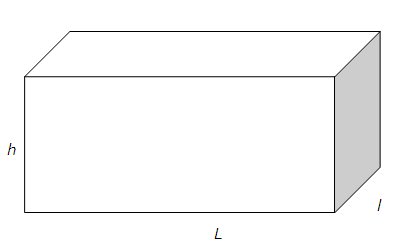
This shape is called parallelepiped and all its sides are rectangles. This is a tri-dimensional body, meaning it has three different dimensions, as compared with the rectangle, which only had 2.
The third dimension is denoted by h and it is called the height of the object.
We can compute the object’s surface, if we sum up the surfaces around it, but the most important measure is the volume. We can think of the volume as the quantity of water that could be stored in a box having h height, L length and l width. The formula for the volume is

For a parallelepiped having all sides equal, also called a cube, the volume is

where is the side’s length.
Another type of three dimensional shape we may find in nature is the cylinder:
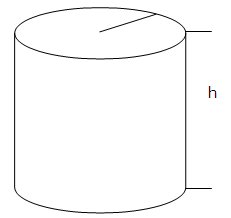
A bucket is a cylinder, and a water glass is also a cylinder. The cylinder has a circle as a base, having a radius , and a height . The volume is given by:

For instance, the volume of a bucket having a height of 30 cm and a basis radius of 15 cm is

